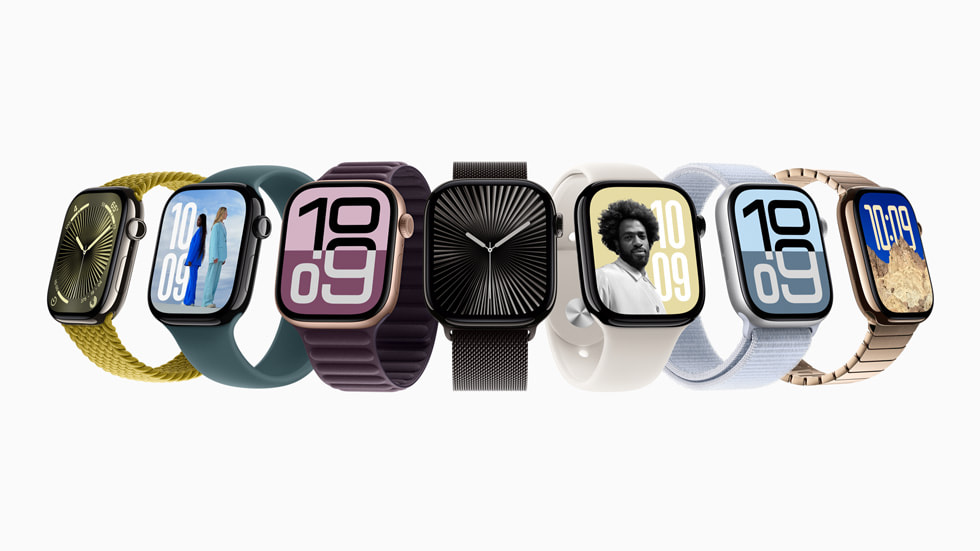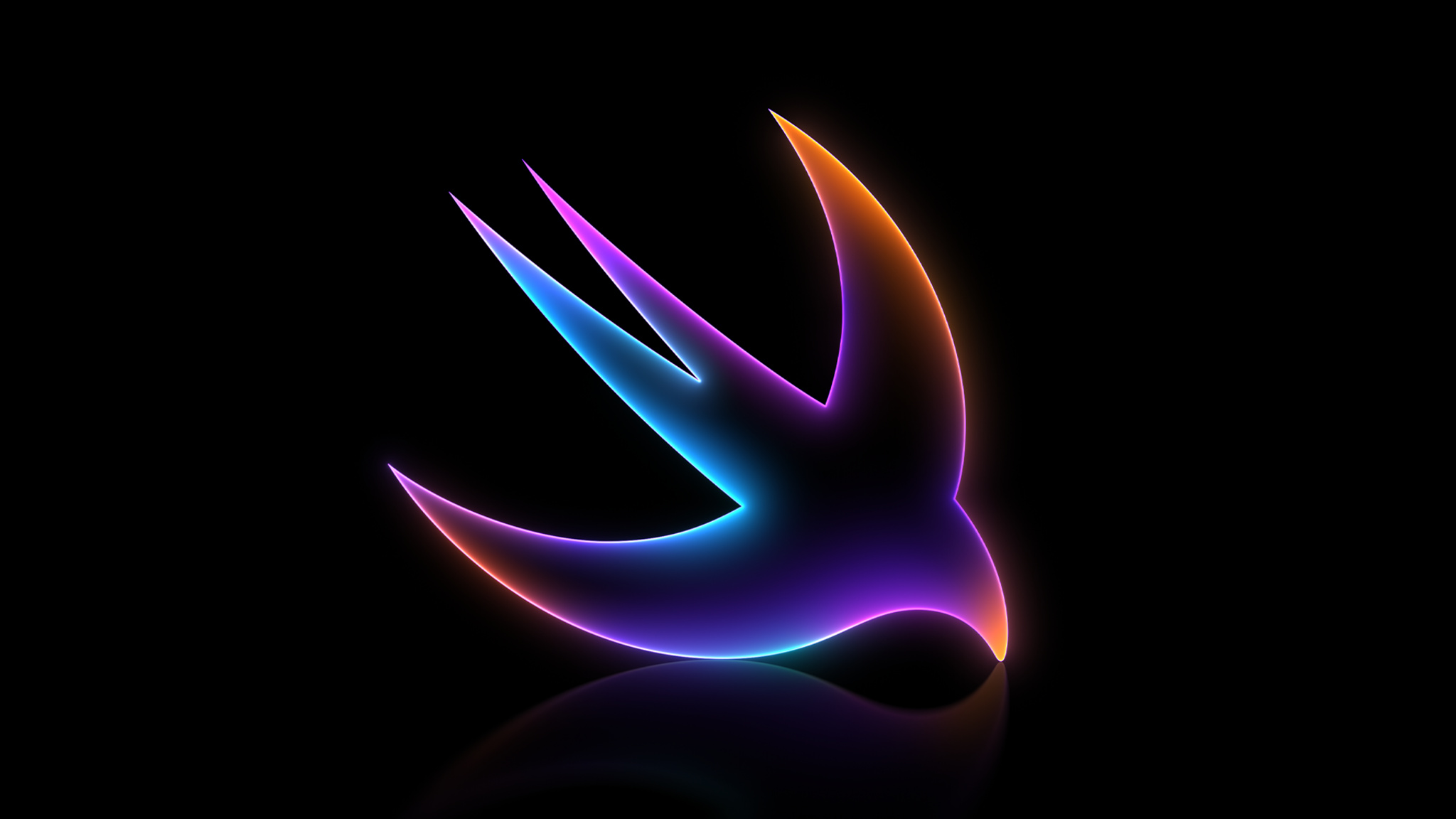Apple has just rolled out the second test versions of its upcoming updates—iOS 18.4, iPadOS 18.4, and macOS Sequoia 15.4—for people who want to try them early. These public test versions let users check out new tools and features before they’re officially available. They arrived just a day after Apple shared the updates with app developers.
What’s New for iPhone and iPad
Anyone signed up for Apple’s public testing program can grab these updates through the Settings app on their devices. You just need to join the testing group on Apple’s website first. The updates bring some cool stuff for iPhone and iPad users. There’s a feature called Priority Notifications, powered by Apple Intelligence, which puts your most urgent alerts at the top. Plus, there’s a fun new Sketch option in Image Playground for all Apple Intelligence devices.
For those who love food and news, Apple News+ subscribers get a fresh Food section packed with recipes, tasty stories, and healthy eating ideas. You’ll also find a relaxing Ambient Music option in the Control Center. And now, iPad and Mac users can enjoy Mail Categorization, a handy tool that was once only on the iPhone.
More Goodies in the Second Test Version
The second test round adds new emoji characters to play with and introduces the Vision Pro app for iPhone users. iPhone 15 Pro Max owners also get Visual Intelligence, making the update even sweeter. Want to know everything these updates offer? Check out our simple iOS 18.4 features guide for the full scoop. With these test versions, Apple is letting everyday users help shape the future of its software—pretty exciting, right?






